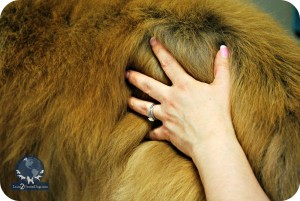 We all have different reasons why we love our careers. For most of us, our careers started because we were obsessed with dogs and cats. What a fabulous way to make money – doing something you enjoy. My guess is that many of you not only love animals, they’re also a hobby and a huge part of your lives. I know very few career opportunities that allow pet lovers to work in a field that they truly adore.
We all have different reasons why we love our careers. For most of us, our careers started because we were obsessed with dogs and cats. What a fabulous way to make money – doing something you enjoy. My guess is that many of you not only love animals, they’re also a hobby and a huge part of your lives. I know very few career opportunities that allow pet lovers to work in a field that they truly adore.
I love dealing with people who are passionate about their career choices. I always encourage people to seek out personal growth. To look at ways to do things better, more efficiently, and with greater focus. Raise the bar. Set personal goals. Set limits. Develop strategies. Ultimately, the pet, the individual, and the business wins.
If you are a solo stylist, you get to make up your own rules. Work at your own pace. There is very little pressure to move beyond your comfort zone.
However, if you work with a team, you will usually have quotas to meet and rules that you need to follow. The business sets up these boundaries in the best interest of the client, staff, and the long-term health of the company. If someone does not meet quotas, it creates a frustrating situation for the rest of the team in terms of time, quality, and financial stability.
Years ago when I ran a mobile operation, our minimum quota of grooms per day was six – or the equivalent of six. Thus, two slots were given for larger jobs such as Standard Poodles and heavy-coated Cockers. If someone had something very small on their roster, they were always given an option to groom another small dog. As long as the vans were routed well, this quota worked out well across the board for years.
There was one exception: Sue (not her real name).
Whenever I hired a new mobile stylist, I always started them with just four dogs and combined that with a very wide arrival schedule. All of our stylists knew this right from the get-go. The quota they needed to meet was six grooms per day. The funny thing about Sue was that she didn’t care about the number of pets she groomed or the amount of money she made. Although she was passionate about animals and people, she did not groom because she needed the cash.
For a long time I was extremely frustrated with Sue’s performance. She would arrive at base at eight o’clock in the morning to pick up her van. Many times she did not come back to base until well after eight o’clock at night. The most dogs I could ever get her to do was five.
It took me a while to realize the frustration was all mine. As a business owner, it’s critical that I pay attention to the financial numbers – but there’s a bigger picture: customer service.
When I looked at Sue’s scheduled re-bookings, she could rarely take on a new client. Her clients absolutely loved her. She wasn’t the fastest groomer. She wasn’t a competition level stylist – never would be. Her grooms were basic, neat, and thorough. However, she was the most compassionate person I have ever hired. Not only did she enjoy the pets, she was passionate about her clients.
To Sue, her career was more than a means to a financial end, it was her social and entertainment outlet. I swear she had breakfast, lunch, and dinner with her clients. She ran errands for them. She shoveled their walks. She loved the senior citizens and the geriatric pets. She would talk with them for hours!
Hmmm. These were the clients my highly efficient stylists wanted to avoid like the plague. Once I came to terms with this concept, I ended up making it work in our favor.
I let Sue slide on the quota. She was dealing with all those clients the rest of my team would rather not do. By letting Sue focus on our more time-consuming clients (and enjoying it!), it allowed the rest of my team to focus on making quotas and/or exceeding them. It worked.
So even though I let Sue slide – only doing five grooms a day when the actual quota with six – it allowed the rest of my team to focus on grooming more pets. Not necessarily faster – just more efficiently.
 There’s a big difference between grooming efficiently and grooming fast. Grooming efficiently involves doing a good job. Grooming too fast, in my eyes, translates to sloppy work. When I look at developing a grooming team or training new staff members, I always look for people who have the ability to focus and work efficiently.
There’s a big difference between grooming efficiently and grooming fast. Grooming efficiently involves doing a good job. Grooming too fast, in my eyes, translates to sloppy work. When I look at developing a grooming team or training new staff members, I always look for people who have the ability to focus and work efficiently.
To me, being efficient means doing a great job in the least amount of time.
I recently heard one of our industry leaders say, “I don’t know many wealthy groomers.” I don’t, either. I do know a lot of groomers and stylists that make a comfortable living and love their careers. Being able to work efficiently translates into creating larger client lists, larger paychecks, and the ability to breathe easily at the end of the day.
Unlike Sue, the majority of us have other responsibilities, outside interests, families to care for, and households to run. We may even have businesses to manage. Not to mention maintaining the health and well-being of both ourselves and the four-legged clients on the table. As much as we love our jobs, we can’t afford to be tethered to a grooming table any longer than necessary.
Being efficient as you groom is not about being fast or sloppy. It’s about being the best that you can be. It’s about creating systems throughout the entire grooming process so we do not miss any steps. As those systems are developed, they become automatic. Once they become part of a routine, you can focus on other areas that bring value to the pets we groom, the clients, and to our own lives.
Think about how you can create systems – or routines – at every step of the grooming process (see the graphic below). Break it into bite-sized chunks.

Time everything. Knowing how long each step takes is the starting point of creating any routine. Each step could be broken down further into smaller nuggets, too. Once you start tracking, you can start improving your routine without sacrificing quality.
I love this quote. I try to live my life by it – in all areas. I hope you do too.
There are plenty of groomers and stylists who are highly efficient. They can do a small, simple trim in under an hour – and knock it out of the park in terms of quality and customer service. Others struggle to complete the same trim in two hours. Others choose to do that simple trim at their own pace. As long as the work is top quality, the pets are treated with care and compassion, and the environment is safe for everyone – it’s OK.
We all have different reasons why we groom. For some, it’s more than just a job – it’s a lifestyle. Remember, there is a big difference between being an efficient bather, groomer, or stylist and being a fast one. Never stop learning. How you apply new knowledge is totally up to you.
What are your time-saving tricks? Jump over to the Learn2GroomDogs Facebook page and tell us. You can even click here for a quick lesson in how to use the site.
Make the most of your time every day. Click here to download our FREE handout to help you structure your day. You can even watch Melissa’s video to see how it’s done, here.
Click here for a complete video list to make searching Learn2GroomDogs.com even easier!
Happy trimming,
~Melissa


 One of the fastest ways to build a clientele is to get people talking. You want positive attention, the kind that fosters business. It’s good to keep in mind that people never talk about:
One of the fastest ways to build a clientele is to get people talking. You want positive attention, the kind that fosters business. It’s good to keep in mind that people never talk about: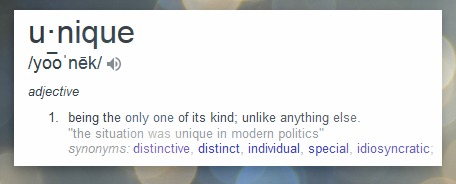 It’s not enough to have a good grooming business. You need to stand out from the crowd. The unique business has fabulous solutions wrapped in a shiny package that delights, excites, or surprises the customer.
It’s not enough to have a good grooming business. You need to stand out from the crowd. The unique business has fabulous solutions wrapped in a shiny package that delights, excites, or surprises the customer. You are going to be washing and styling dogs all day, so make sure your own hair gets the same amount of attention. It doesn’t matter if your hair is short or long, natural or brightly colored. Your own hair needs to be clean and styled in a manner appropriate for your workplace.
You are going to be washing and styling dogs all day, so make sure your own hair gets the same amount of attention. It doesn’t matter if your hair is short or long, natural or brightly colored. Your own hair needs to be clean and styled in a manner appropriate for your workplace. But how do you feel when that appointment book has empty slots? Maybe you are just starting out on your own and have an open book. Maybe you are new to the salon and need to build a fresh clientele. Or maybe you have been at your salon for a while, yet you’re just not getting traction with repeat customers.
But how do you feel when that appointment book has empty slots? Maybe you are just starting out on your own and have an open book. Maybe you are new to the salon and need to build a fresh clientele. Or maybe you have been at your salon for a while, yet you’re just not getting traction with repeat customers.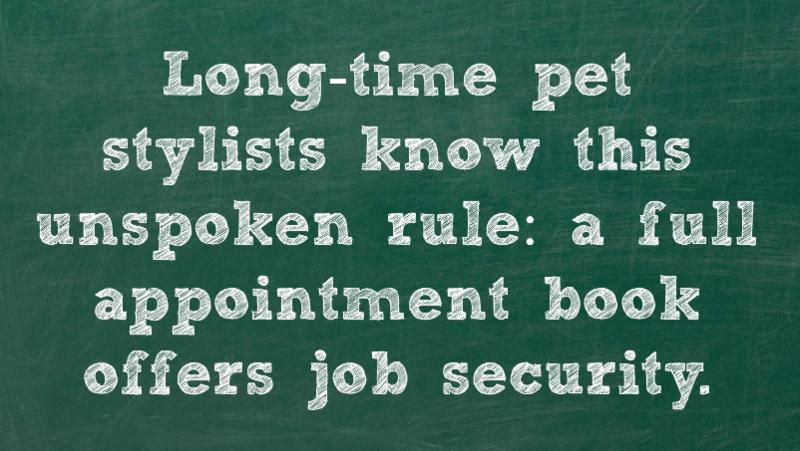 <
<




 Let’s face it. There are a host of things that could go wrong in any grooming salon even under the best of circumstances. We are working with live animals. Sharp instruments. High tables. Bathtubs. Dryers. Abrasive brushes. Stacked kennels. Slippery floors. The list of dangers working in every grooming salon is massive. Even in the best run salons.
Let’s face it. There are a host of things that could go wrong in any grooming salon even under the best of circumstances. We are working with live animals. Sharp instruments. High tables. Bathtubs. Dryers. Abrasive brushes. Stacked kennels. Slippery floors. The list of dangers working in every grooming salon is massive. Even in the best run salons. Weigh out the risks. Whenever you need to decline service to a client, it’s an uncomfortable situation. But the alternative is much – much worse. Telling an owner their pet has been seriously hurt or died in your salon it the most difficult task you will have to address. You want to avoid that at all cost – even if it makes the client angry or upset.
Weigh out the risks. Whenever you need to decline service to a client, it’s an uncomfortable situation. But the alternative is much – much worse. Telling an owner their pet has been seriously hurt or died in your salon it the most difficult task you will have to address. You want to avoid that at all cost – even if it makes the client angry or upset.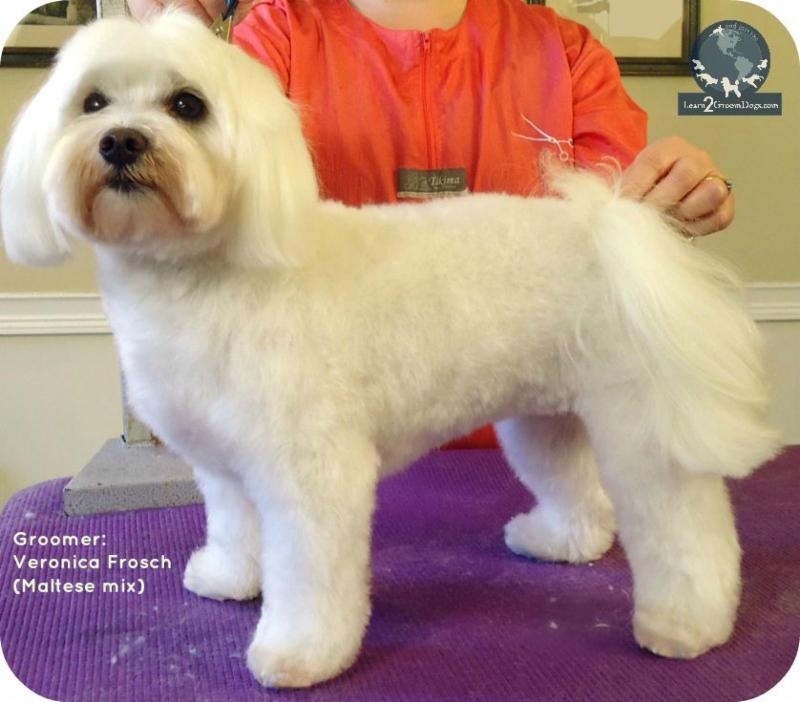 Don’t you love it when an owner walks into a salon and ask for this trim by name? They actually think this is a universal standard trim that all groomers and pet stylists should know how to do. When we start asking them questions, they get all huffy, thinking we don’t know how to do our jobs. Frustrating!! You and I know there isn’t a consistent right way to do a “puppy cut.” There are many – many variations!
Don’t you love it when an owner walks into a salon and ask for this trim by name? They actually think this is a universal standard trim that all groomers and pet stylists should know how to do. When we start asking them questions, they get all huffy, thinking we don’t know how to do our jobs. Frustrating!! You and I know there isn’t a consistent right way to do a “puppy cut.” There are many – many variations!
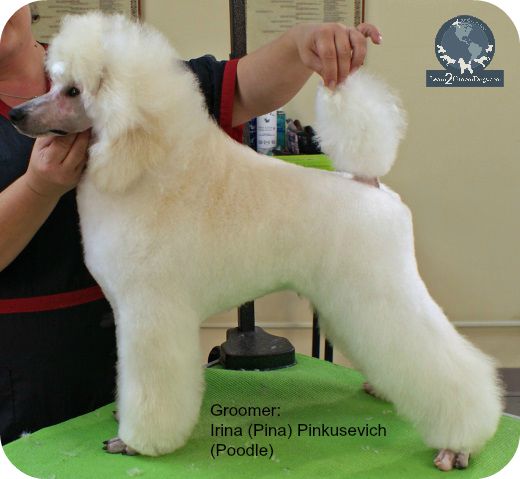 It’s important to keep this in mind, too: one person’s interpretation of a puppy cut might be that of a smooth-coated puppy. Think Boxer, Pug, or Beagle. Another person’s interpretation would be that of a fluffier breed like a Shih Tzu, Bichon, or Poodle. There’s also a big difference between a four-week old puppy and a ten-week old puppy in terms of coat growth.
It’s important to keep this in mind, too: one person’s interpretation of a puppy cut might be that of a smooth-coated puppy. Think Boxer, Pug, or Beagle. Another person’s interpretation would be that of a fluffier breed like a Shih Tzu, Bichon, or Poodle. There’s also a big difference between a four-week old puppy and a ten-week old puppy in terms of coat growth.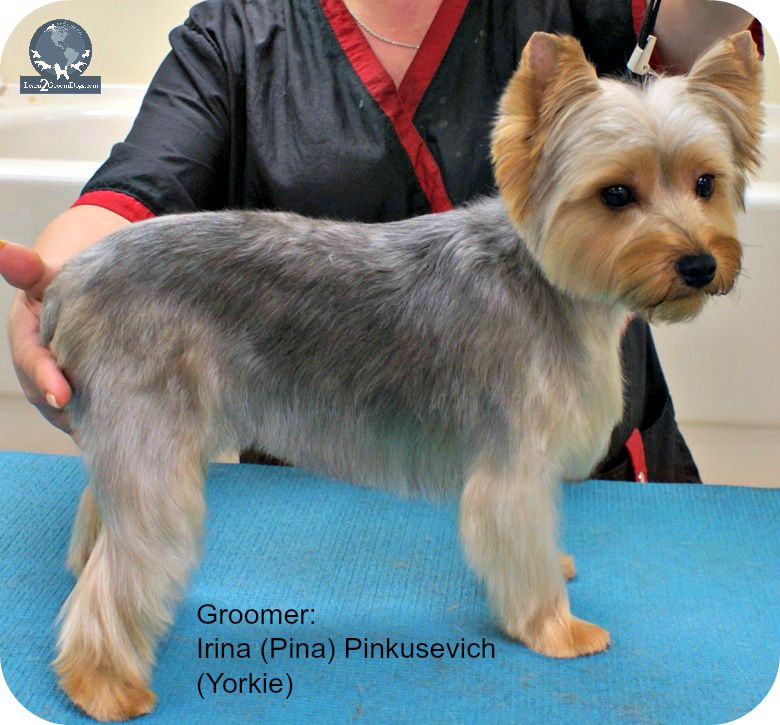 Here is a list of talking points when a new client request a “puppy cut.”
Here is a list of talking points when a new client request a “puppy cut.”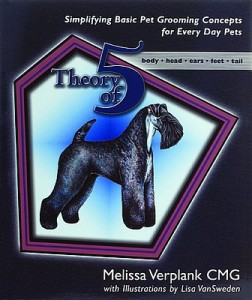 Take charge of the conversation and win over your clients by using The Theory of Five!
Take charge of the conversation and win over your clients by using The Theory of Five! I love hearing success stories. I especially love it when they are grooming salon success stories!
I love hearing success stories. I especially love it when they are grooming salon success stories!
